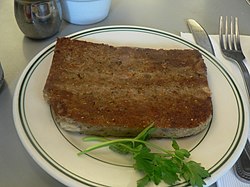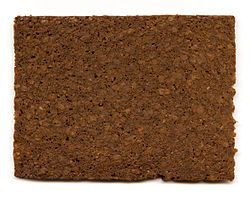This article needs additional citations for verification .(March 2014) |

Peasant foods are dishes eaten by peasants, made from accessible and inexpensive ingredients.
Contents
- Common types
- Meat-and-grain sausages or mushes
- Pasta
- Sauces
- Soups and stews
- List of peasant foods
- See also
- References
- Further reading
- External links
In many historical periods, peasant foods have been stigmatized. [1]





